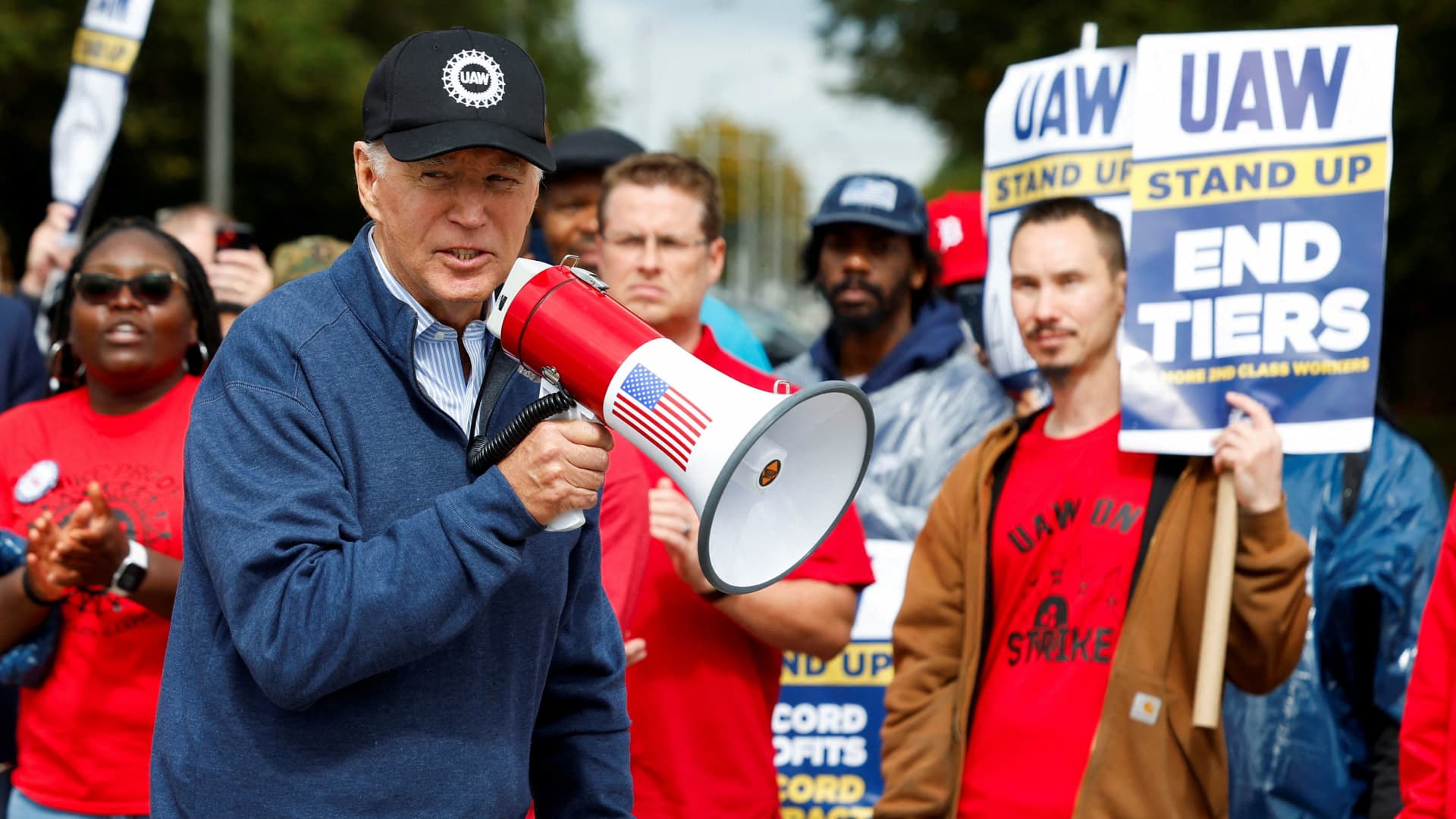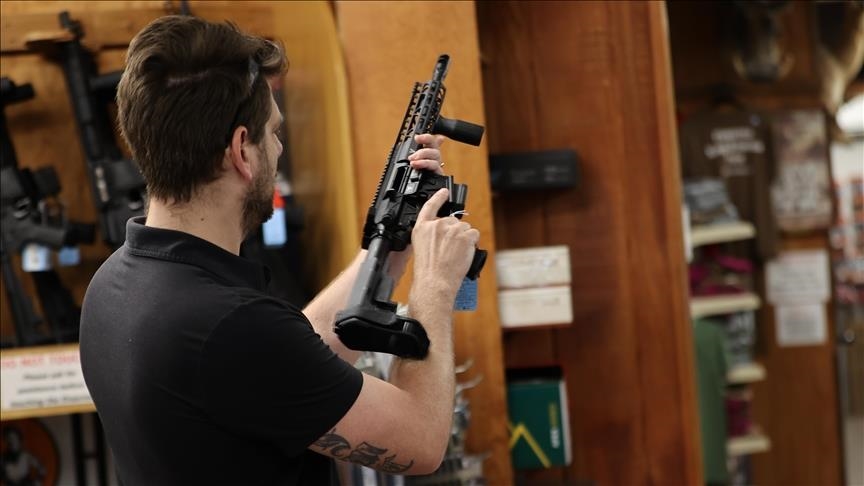First Turkish migrants in the USA Project
In his report, Morren states that Turkey is located at a very strategic point joining three continents and has been a place where many civilisations and cultures were raised in history. Morren praises the places he visited in Turkey.
Morren gives information on the political and economic structure of Turkey and states that the Turkish economy is fragile but has an active market.
Morren writes that Turkey is a very secure place compared to many greater cities of the U.S. He expresses that Turkey integrates many religions with its mosques, churches and synagogues and also gives emphasis to a strong and independent media.
He notes that Turkey does not have the image it deserves abroad and that the reason for this are the campaigns blackening the name of Turkey and that Turkey does not apply influential promotion programs.
He states that with the existing government a transformation period has begun in Turkey and great achievements have been made for a more stable political situation.
Morren also cites praise to the founder of the Turkish Republic, Mustafa Kemal Ataturk, and states that Turkish people, no matter how different their political opinions, unite together in their devotion to Ataturk.
First Turks in the US Project
Prof. Dr. Grabowski stated that the project aims at bringing the unknown history of 60,000 Turks came to the US in the beginning of the 20th century for reasons of finding work, earning money, having opportunities or demanding freedom.
Grabowski, noting that very few studies have been made on first Turkish migrants in the U.S., said: "This first migration wave of Turks constituted the first and the biggest Muslim migration to the U.S."
In the project such questions are researched: "What were the reasons urging these first Turks to migrate to the US?", "What kind of structures did the Turks form to continue their beliefs and lifestyles in the ‘new world’?", "How was the reaction of Christian Americans to Muslim migrants?", "Did these reactions have any relations with the problems between the U.S. and Europe?"
In the project, it is emphasised that 95 percent of the migrants came back to Turkey, and such questions related with this point are investigated: "Did the Turks return for cultural disputes they confronted?", "Was the return planned?", "What kind of influences did the establishment of the Turkish Republic have in their returning?"
It is stated that the project does not concern only Americans and Turks, but will be useful also for European academics and politicians since Europe is the place where the biggest majority of Muslim migrants live.


